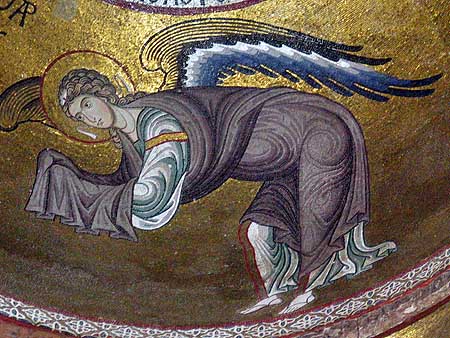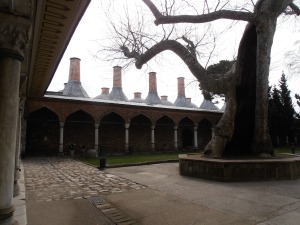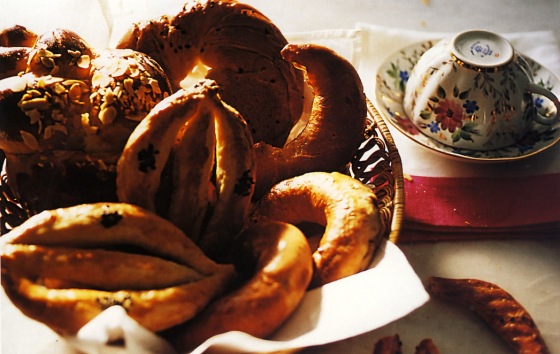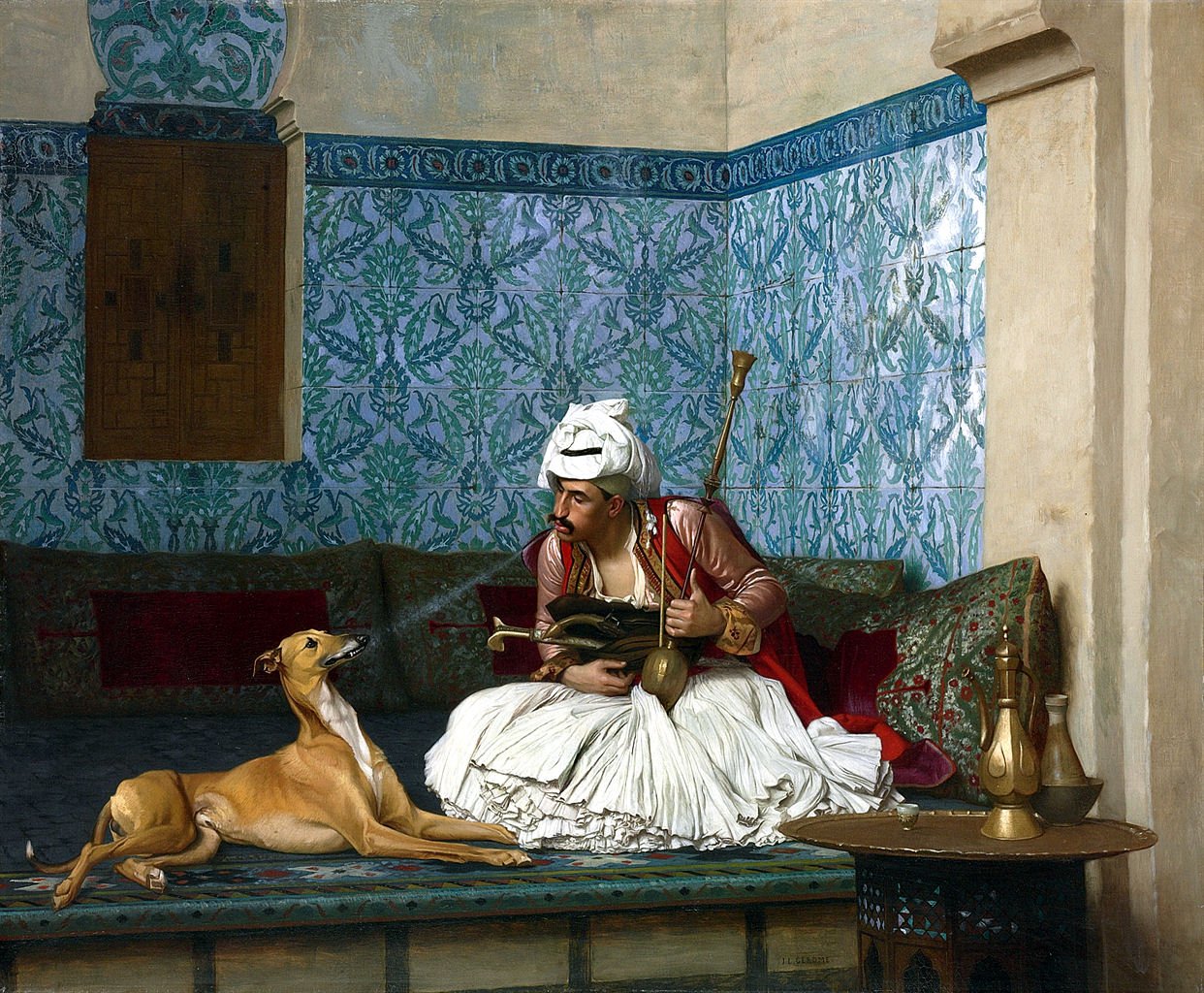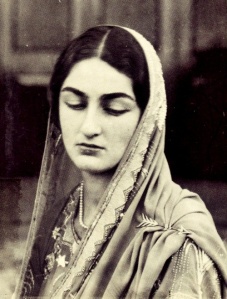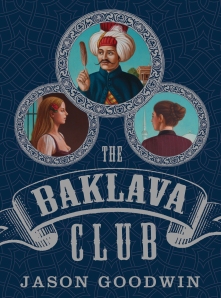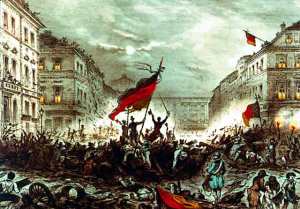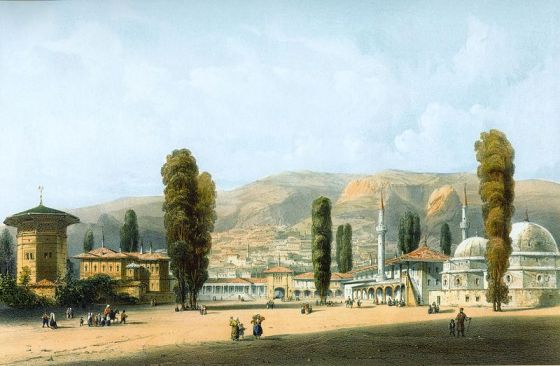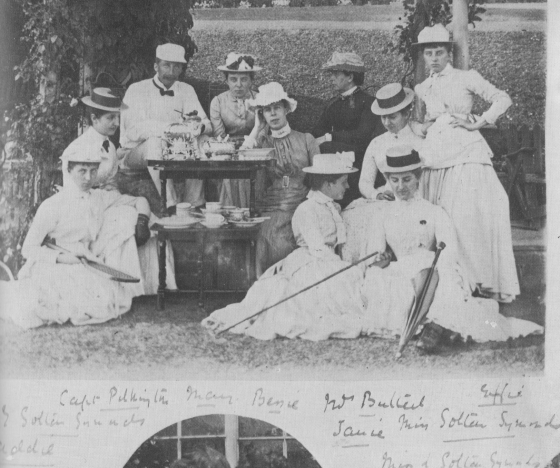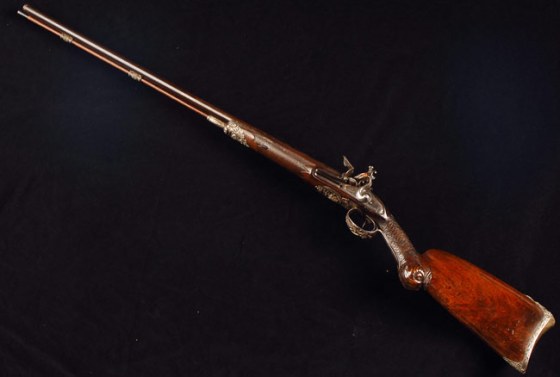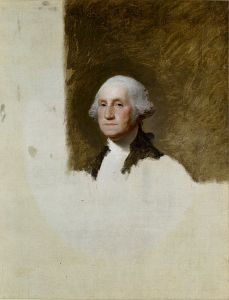We must begin with the sleuth himself, of course. Yashim is as old as the 19th century, thirty six years old when he makes his first appearance in The Janissary Tree. He is the sultan’s confidential agent, or tebdil khasseky, in succession to Fevzi Ahmed – of whom much more in An Evil Eye (Yashim No. 4). Unlike Fevzi Ahmed, Yashim can visit anywhere and talk to anyone in Istanbul… for Yashim is a eunuch. Although he can make love, he will never father children.
You want to know how that works? Then you need to read Yashim No. 5, The Baklava Club. I’m afraid that’s all the explanation I can give you here.
I don’t want to press the eunuch theme (which makes some men cross their legs), but it is a metaphor for Yashim’s role as a sleuth. All through history, eunuchs were created to serve in the palace bureaucracy – it’s true for imperial China, and ancient Persia, as for the Byzantines and their successors, the Ottomans. Without family, their interests were allied with the ruler’s own ambitions and desires, making them men a ruler could safely trust.
The Byzantines are thought to have modelled their representations of angels on eunuchs: chaste, and intercessionary, passing between the divine and the sublunary world. Above all, their role is to serve.
So Yashim, too, serves his sultan, and the people, and the requirements of justice.
He is also a fabulous cook, preparing the Thursday night dinner for his old friend Count Palewski, Polish ambassador to the Porte, as the Ottoman court was called. He draws on the full repetoire of Ottoman Turkish dishes, many of them first elucidated in the kitchens of Topkapi Palace, where Yashim was trained. It’s this palace tradition that allows Turkish cookery to be ranked as one of the three great classical cuisines of the world. The other two are French and Chinese.
Yashim has been well-trained. He has worked in the palace, and out of it, for a Greek merchant. He speaks many languages, and reads voraciously – French novels are a favourite, passed to him by the Valide, the Queen Mother, of whom more in a subsequent post!

